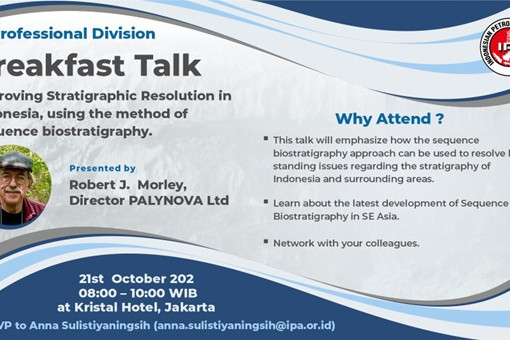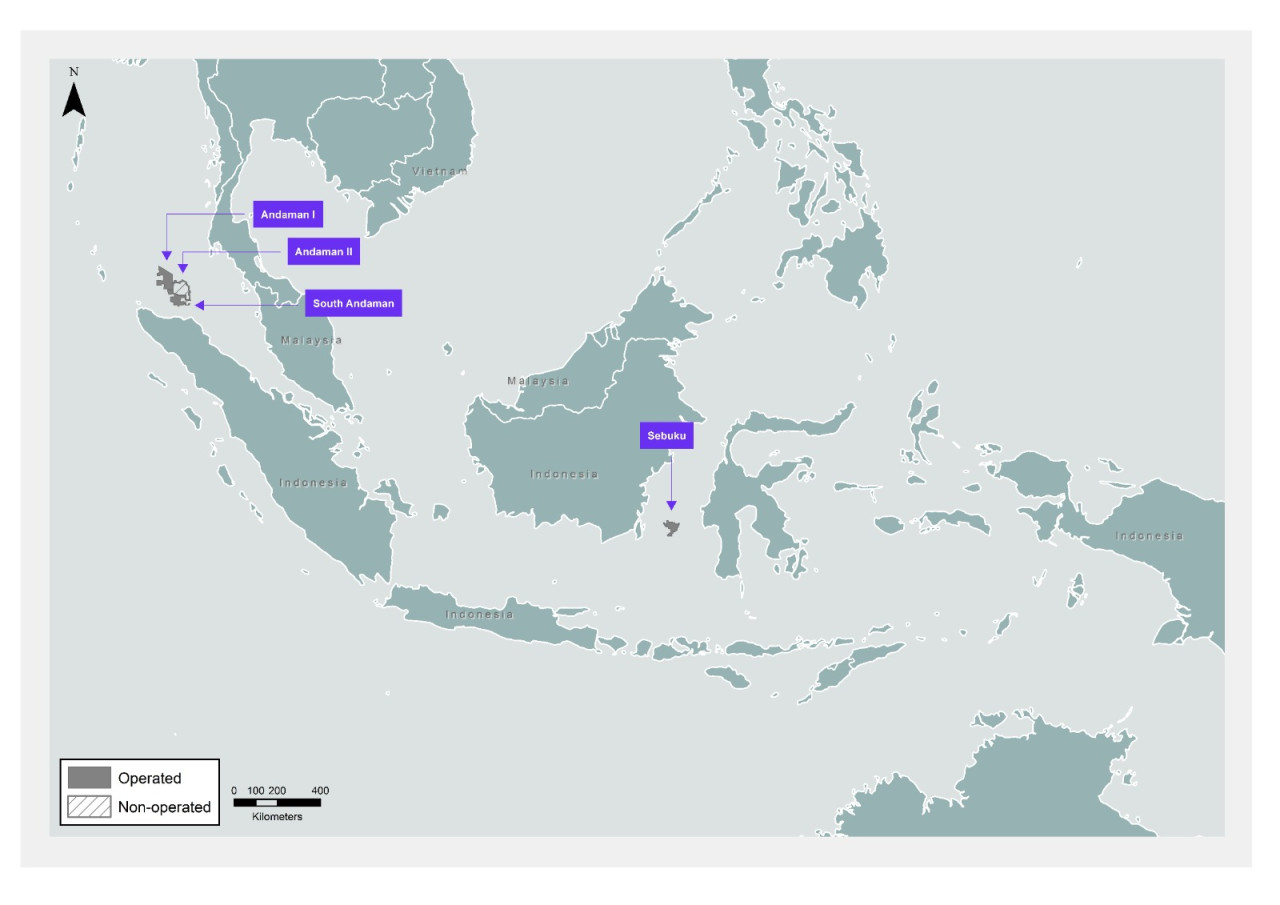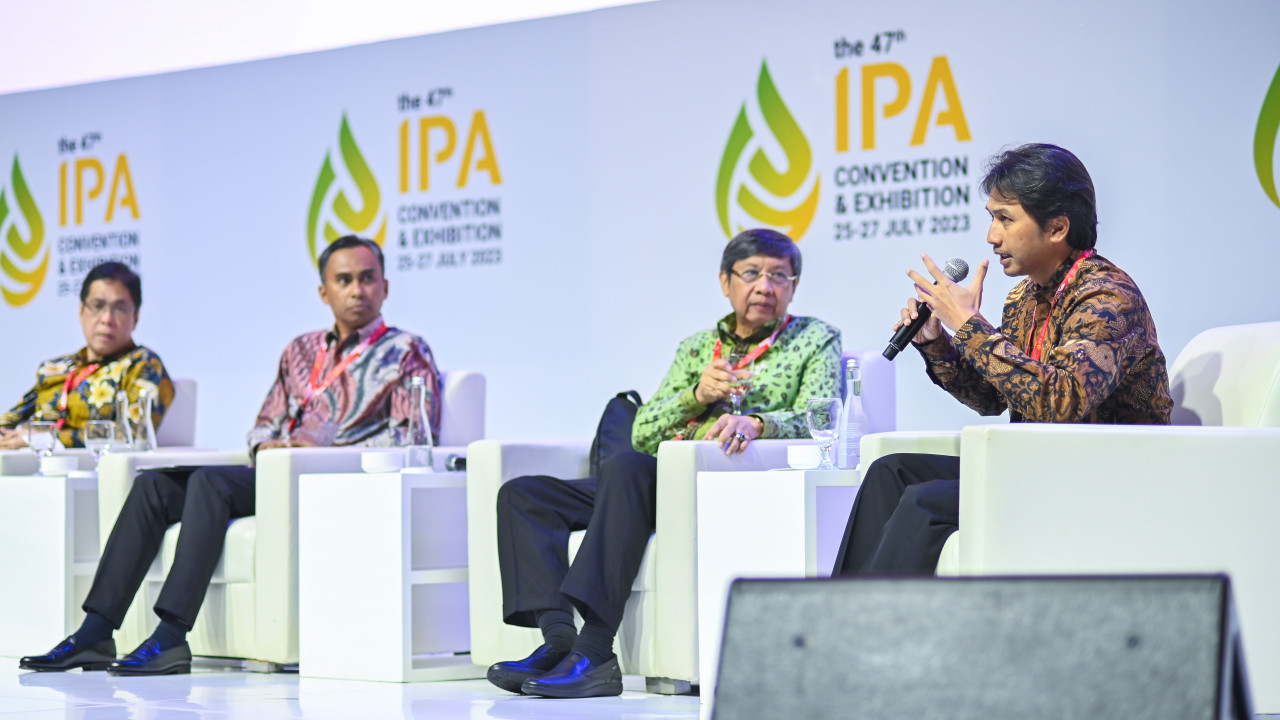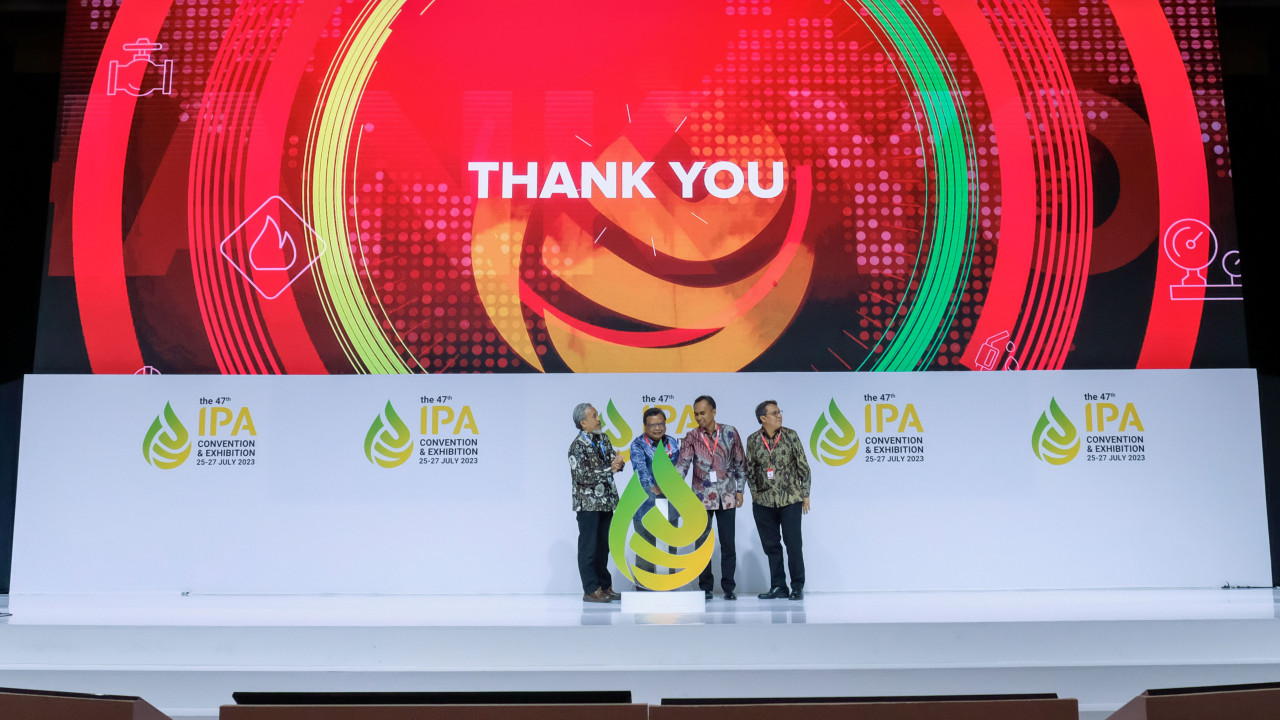Improving Stratigraphic Resolution in Indonesia using the method of Sequence Biostratigraphy
DATE : 21 October 2022
TIME : 08:00 - 11:00 AM
VENUE : Hotel Kristal, Jl. Terogong Raya No. 17, Jakarta Selatan
SPEAKER : Robert J Morley, Palynova, Ltd.
SUMMARY
Obtaining confident age interpretations using a traditional biostratigraphic approach fail in most of the continental margin successions across Southeast Asia since most of the microfossil extinction datums are diachronous. This is due to a combination of facies and carbonate dissolution issues, whereas evolutionary appearances are affected by both facies and caving. There is invariable subjectivity in placement of any such datums.
Sequence biostratigraphy allows confident age interpretations through the identification of transgressive-regressive cycles (SEA cycles) that faithfully capture the sedimentation ’pulsebeat’ driven by patterns of Antarctic glaciation in the Oligo-Miocene and northern hemisphere glaciations in the Pliocene, even in very deep-water settings. This is achieved through the integration of systems tract-related signals from combining foraminifera and palynology (see Figure). Cycles are ‘fingerprinted’ by reference to age-restricted microfossils in distal facies with correlations relying on sequence boundaries rather than first or last microfossil appearances.
Continued developments in applying sequence biostratigraphy, both across the Southeast Asian region and globally, emphasise the value of SEA depositional cycles in determining the chronostratigraphy of sedimentary successions from fluvial to deep marine, and in resolving stratigraphic issues.
Within the Neogene, the SEA cycle succession captures the pulsebeat of depositional cycles even in very deep-water settings, and demonstrates that other sequence biostratigraphic schemes, such as the TA and TB cycle scheme of Haq and the scheme of Hardenbol, incorporated into the ICS global chart, include a mixture of cycles of different rank, and are thus less useful for stratigraphy prediction.
In Palaeogene non-marine basins such as the Cuu Long and Song Hong in Vietnam, 406 kyr eccentricity-driven astronomical cycles provide that pulsebeat and allow the accurate determination of the age of otherwise difficult-to-date fluvial and lacustrine successions in the numerous rift basins across the region, and such an approach also applies in Indonesian Palaeogene basins, such as West Natuna.
This talk will emphasise how the sequence biostratigraphy approach can be used to resolve long-standing issues regarding the stratigraphy of Indonesia and surrounding areas.
BIOGRAPHY

 Robert J. Morley is a director of PALYNOVA Ltd,
Robert J. Morley is a director of PALYNOVA Ltd,
a biostratigraphy consultancy which he runs together with his wife Santi, and which is now in its 30th year!
A major aim has been to develop the method of Sequence Biostratigraphy, involving the integration of foraminiferal, nannofossil and palynological data with gamma logs and seismic, to provide precision dating and environment evaluation with reliable systems tract and sequence stratigraphic interpretations for all facies from non- to deep marine. The method can be used to independently test seismic interpretations.
A second interest is to use the fossil record to better understand evolution of tropical rain forests, with respect to which he published a book ‘Origin and Evolution of Tropical Rain Forests’ (Wiley, 2000) which is the standard work on the subject. He has published over 140 papers on biostratigraphy and evolution, with two books, and a third in press describing 200 palynomorph species from Malaysia, of which 55 are new to science.
HOW TO REGISTER
- please contact to Anna Sulistiyaningsih , email address : anna.sulistiyaningsih@ipa.or.id or WA number : +6281310106595
- Complete the Registration Form : https://forms.gle/HDPtpmrv1e9whz9G8




